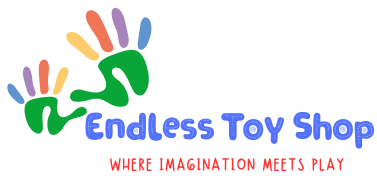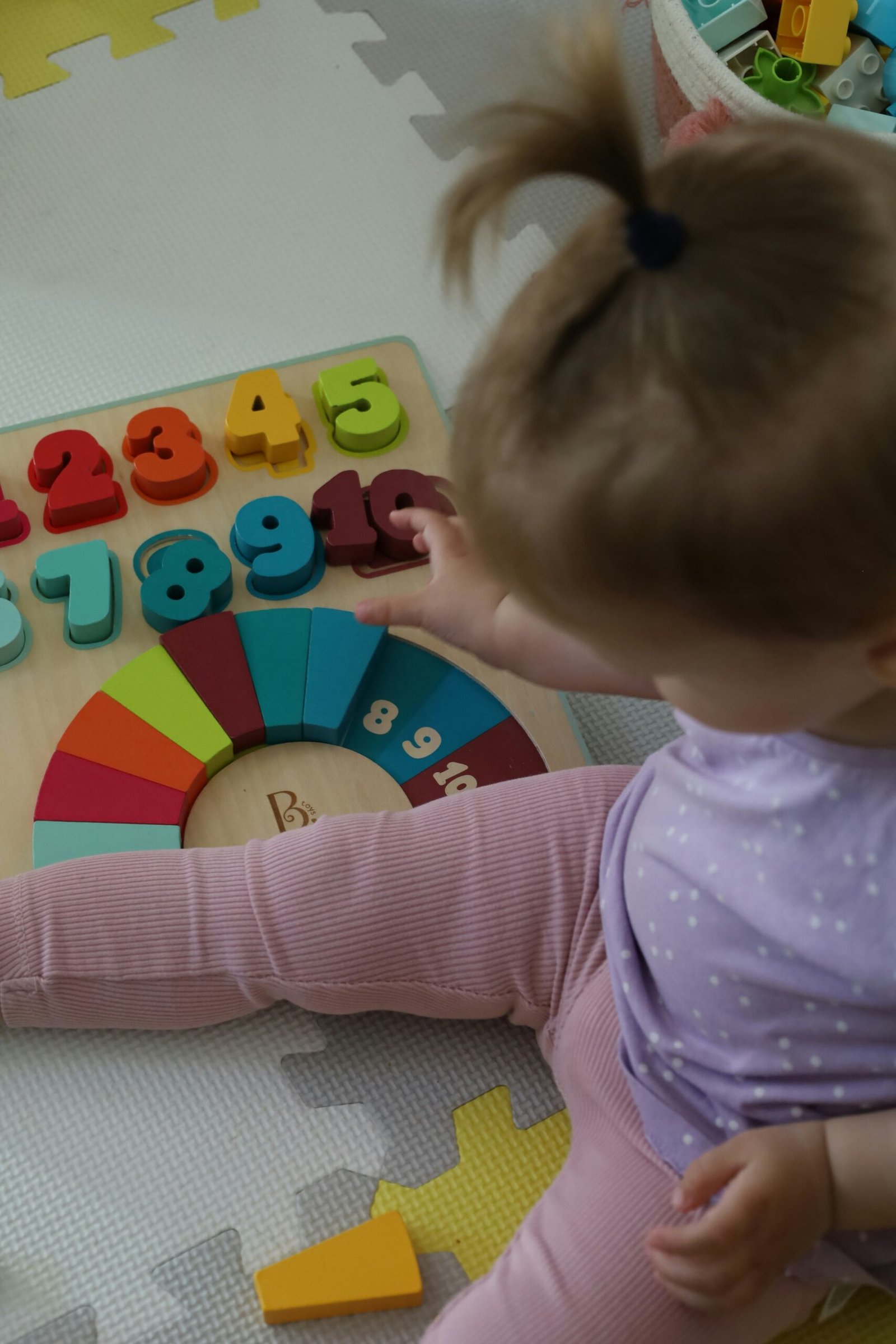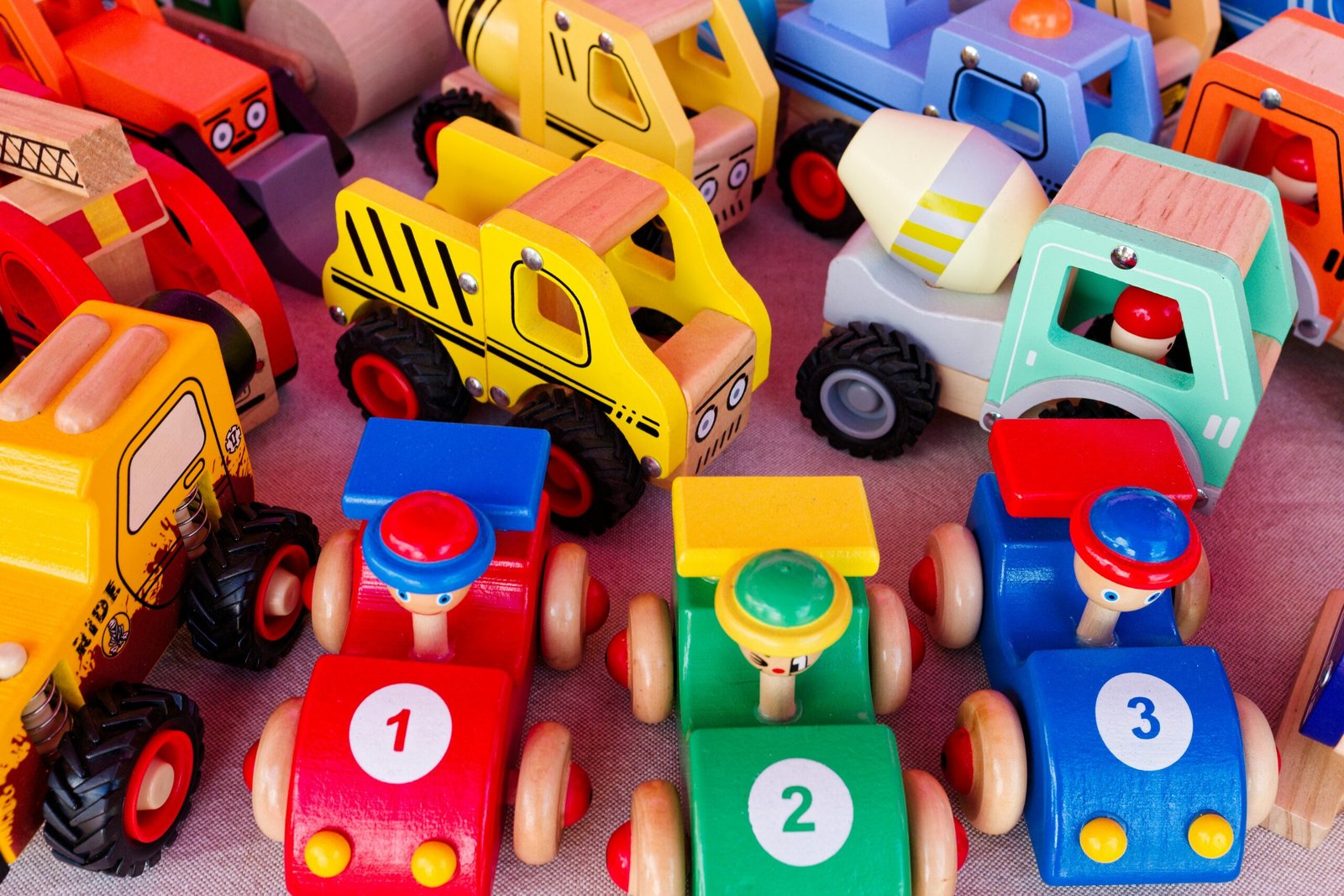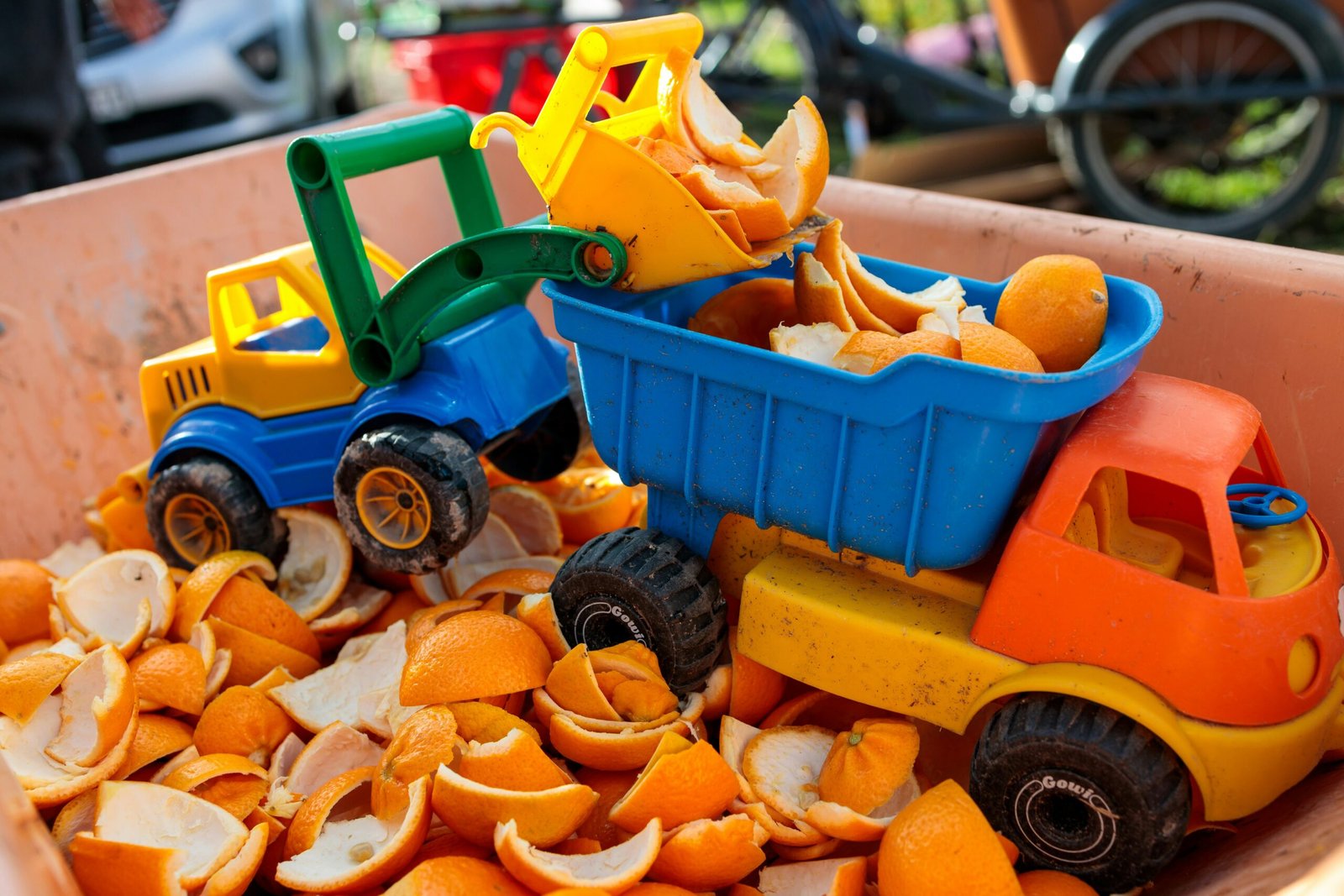The Role of Toys in Developing Creative Skills
Toys are essential tools that play a significant role in cultivating creative skills among children. They facilitate imaginative play, allowing children to explore their thoughts, ideas, and emotions in a safe and engaging environment. Developmental psychology indicates that when children interact with toys, they engage in problem-solving, experimentation, and role-playing—activities that foster not only creativity but also critical cognitive skills.
Different types of toys serve unique purposes in nurturing creativity. For instance, building sets like LEGO enable children to construct various structures, encouraging spatial awareness and engineering skills. Research has consistently shown that children who regularly play with construction toys exhibit heightened imagination and innovative thinking compared to those who engage less in such activities. Through the act of building, children learn to visualize their ideas, adapt to challenges, and develop persistence in achieving their goals.
Art supplies, including paints, crayons, and clay, serve as excellent mediums for self-expression. These toys allow children to convey their emotions and thoughts visually, which is crucial for their emotional and cognitive development. An artistic approach nurtures their ability to interpret the world around them, enhancing their skills in observation and creative thinking. Studies highlight that children exposed to artistic activities tend to excel in divergent thinking—an essential component of creativity that enables them to generate multiple solutions to a problem.
Role-playing games and imaginative playsets are also pivotal in promoting creativity. By assuming different roles, children explore various perspectives and social situations, which not only strengthens their imaginative skills but also enhances their emotional intelligence. Engaging in narrative-driven play helps children develop storytelling abilities, enriching their language skills and comprehension. Thus, toys—through their diverse forms—act as vital instruments in empowering children to think outside the box and develop crucial creative skills.
Blending Fun with Learning: Educational Toys that Engage
In the realm of child development, the fusion of education with entertainment has paved the way for a category of toys known as educational toys. These toys are intentionally designed to provide engaging experiences that promote learning while maintaining an element of fun. The concept of ‘edutainment’ has evolved significantly, transitioning from traditional learning aids to interactive and hands-on products that captivate children’s attention and stimulate their imagination.
Educational toys encompass various types, including puzzles, building sets, science kits, and language games, each targeting essential skills. For instance, building blocks not only encourage creativity and imaginative play but also enhance spatial reasoning and problem-solving skills. Similarly, STEM-based toys, which focus on science, technology, engineering, and mathematics, engage young learners in inquiry-based exploration, fostering critical thinking abilities essential for future success.
Research indicates that children learn best through play, and educational toys are designed with this principle in mind. Incorporating testimonials from parents and educators highlights the effectiveness of these toys. For example, a parent observing their child using a science experiment kit reported increased interest in scientific concepts and a desire to explore more about the world around them. Educators have similarly noted that interactive toys in the classroom encourage group collaboration and communication, ultimately enriching the educational experience.
The market is replete with various popular educational toys that have proven to effectively engage children while reinforcing vital skills. Well-known brands such as LEGO Education and LeapFrog offer products that bridge learning with enjoyment. These toys not only entertain but also instill a lifelong love for learning, making them invaluable tools in any child’s development journey.



